Popular games for collection Puyo Puyo
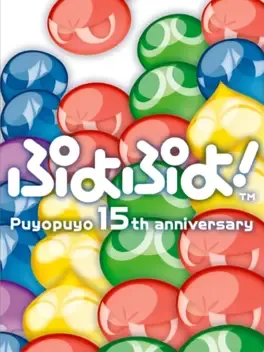
Puyo Puyo! 15th Anniversary was created by Sonic Team to commemorate the 15th anniversary of Puyo Puyo. As such, it revives both the gameplay rules of the arcade Puyo Puyo and Puyo Puyo Tsu, as well as six characters from the Madou Monogatari era of the series. It was released for Nintendo DS in 2006, and in 2007 for PlayStation 2, PlayStation Portable, and Wii This game was followed by Puyo Puyo 7.
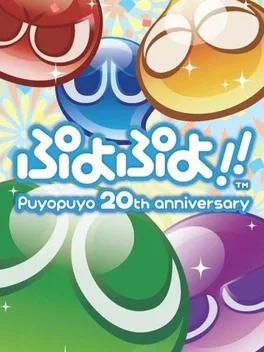
It is the 2nd anniversary game in the series and as such shares more similarities to "Puyo Puyo! 15th Anniversary" than "Puyo Puyo 7". This game came out 4 months before "Sonic Generations", which is also commemorating the 20th anniversary of the Sonic games. There are 24 playable characters available, each with their own 8-stage course (similar to Puyo Puyo! 15th Anniversary). This game, as it's predecessor, was released only in Japan.
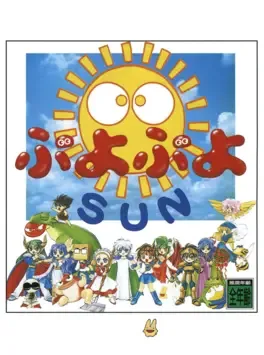
Satan has enlarged the sun in a devious attempt to get a perfect tan. Arle Nadja embarks on a quest to defeat him in this competitive puzzle game. This is the 3rd installment of the Puyo Puyo games series, and the sequel to Puyo Puyo Tsu. After the highly acclaimed success of its predecessor, Compile took a slightly more retro approach, so players had a more original feel to the game over that of Tsu. The name of Puyo Puyo SUN comes from a Japanese pun on san, and also indicates a new Puyo brought into the game. As Sun Puyo were used in this game, and the game itself is not only set on a tropical beach, but is the third in the series (san (三)) is the Japanese word for the number three), the name served multiple purposes. This game was released only in Japan. Following the arcade release, Puyo Puyo Sun was ported to the then-current home consoles. The Saturn version was released merely three months after the arcade release, while the other ports were released in late 1997 and throughout 1998. The Saturn, PlayStation, and Windows 95 versions feature fully voiced cutscenes unlike the original ST-V version.
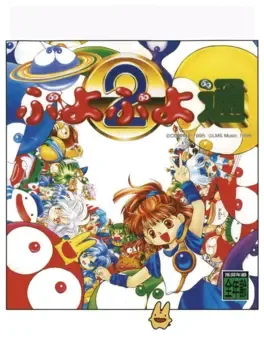
The object of this head-to-head puzzle game is to clear your grid of falling patterns, called puyos, by forming chains of four or more same-colored puyos in a straight line or one of several geometric patterns. What makes this a challenging two-player contest is the fact that when you clear a chain of puyos from your grid, it drops a random piece of filler onto your opponent’s grid. The more puyos you clear, the more you fill your opponent’s grid, and if you can clutter up his grid enough to fill it to the top, you’ve won the game. An intriguing backstory makes this an amusing experience for one or two players.
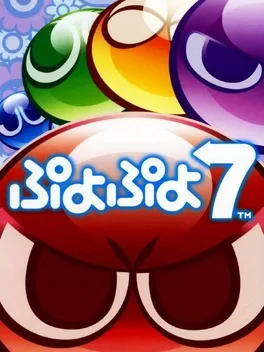
This is the 7th game in the main Puyo Puyo series, which is denoted by the 7. A break from the previous Fever series games, the game is set in a world similar to the real world instead of Primp Town. In this game, a new game mode known as Transformation was added as the default mode. Five new characters were introduced, and a few characters from past games in the series were reintroduced, either as playable characters or cameos.
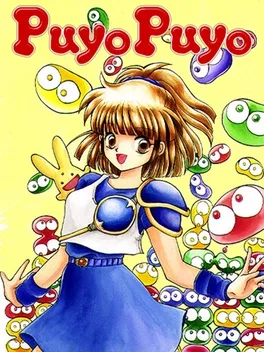
Puyo Puyo (1992) is an enhanced version of the 1991 MSX2 and Famicom Disk System game of the same name. The game was developed for the Sega System C-2 arcade hardware and ported to a variety of consoles. Puyo Puyo is a puzzle game in which the player matches four or more "Puyo" of the same color together. This game is the precursor to an identically-titled arcade release. Puyo Puyo contains three modes: Endless, Mission, and Verses. In Endless Mode, players match Puyo until the top of their well is filled. If the player chooses, either a giant 2x2 green Puyo or Carbucle will periodically help the player clear space on their board. Mission mode gives the player several challenges to complete, such as clearing a set amount of Puyo or clearing all Puyo of a certain color. Verses mode allows players to battle each other.
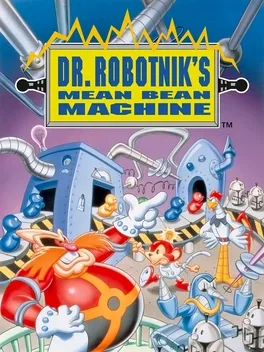
Dr. Robotnik is changing the jolly folk of Beanville into devious little robots that will help rid Planet Mobius of music and fun forever. Group the beans together to help them escape, and compete against Robotnik’s wily henchbots!
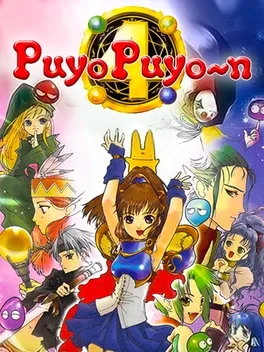
This game was released only in Japan. It is the fourth game in the Puyo Puyo series and the last set during the Madou-era in the main series. Continuing the trend of naming the games after puns, the name comes from a pun on "yon", the Japanese word for the number 4, but this time this is the only reference to the pun. The gameplay in is similar to that of Puyo Puyo 2, but adds super attacks. Clearing chains now builds up a "charge meter" which allows players to use them. The only other addition was a new game mode which could be played with a number of different field sizes, smaller or bigger than the standard 6x12, however, it removes several game modes that were present in Puyo Puyo Sun, i.e. the tournament, task and chain training modes. The art is also vastly different to the previous game in the series and, of course, the Fever series; this style was only otherwise used for Minna de Puyo Puyo.
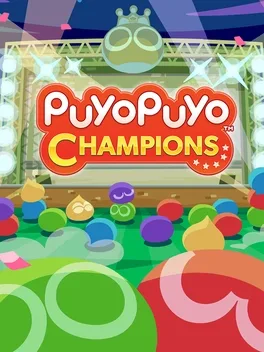
Easy to learn, tough to master! Jump straight into fast-paced puzzle action with features fit for both friendly rivalries and competitive tournaments in Puyo Puyo Champions. Challenge your friends and family in local multiplayer or compete against players from around the world through online matchmaking. Built for all ages, this classic puzzle game comes with a surprisingly competitive edge.
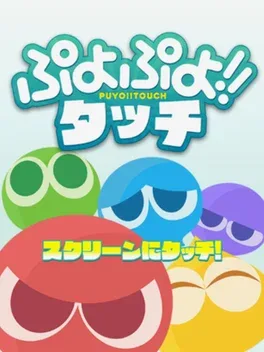
Puyo Puyo!! Touch was a free-to-play mobile puzzle video game for iOS and Android. The game featured the never-before-seen mechanic of "Paint to Clear", which players had to drag to copy the color of Puyo to adjacent ones trying to make 4 or more connect. A clear with 5 or more connected makes an arrow (やじるし) available to make long-reaching clears later. All characters were also able to make use of skills to create arrows and other special items to aid in the puzzle. On September 30 2016, the service of Puyo Puyo!! Touch was announced to terminate after November 30 2016, making it impossible to play the game after that date.
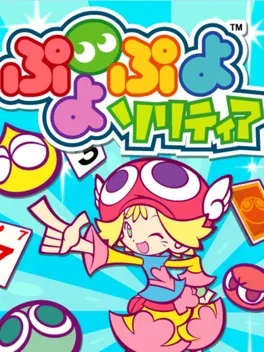
Puyo Puyo Solitaire is a mobile game apart of the Puyo Puyo! Sega subscription service released for mobile internet services in 2008-2009 and later, in 2011, for Android devices. It is one of the many games in the subscription and one of some in the Puyo Puyo Fever 2 style. Unfortunately not much info is known about it, same with the subscription service.
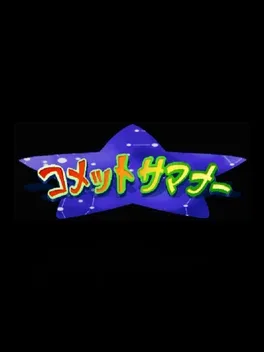
Released in Vol 20, Comet Summoner is an action platformer starring Witch. She can fly on her broom and fire comets to defeat enemies. Based on the popular Puyo Puyo/Madou Monogatari series, The player controls the Witch as she goes from stage to stage eliminating puyo blobs and fighting the typical stage boss. The player is armed with a broom that can attack enemies up close and magic ring projectiles to shoot at foes.
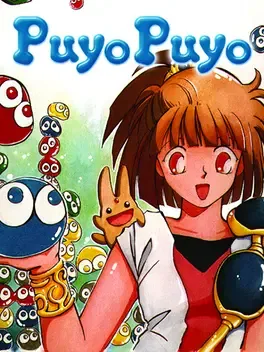
The first game in the popular puzzle series, released one year before the "Action Puzzle Game" arcade title that would turn it into a household name.
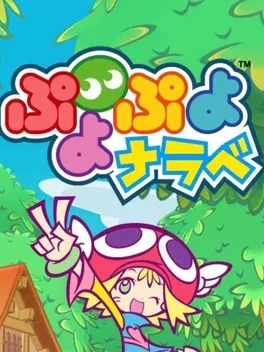
Puyo Puyo Narabe is a Puyo Puyo spinoff released for Android devices in Japan. Players must drag Puyo of the same color together in order to pop them.
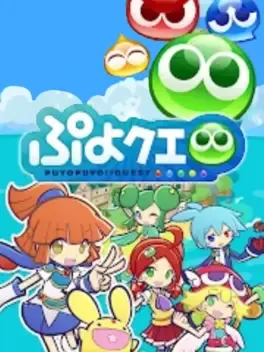
A mobile and arcade spinoff of the Puyo Puyo series is billed as a "Puzzle RPG."
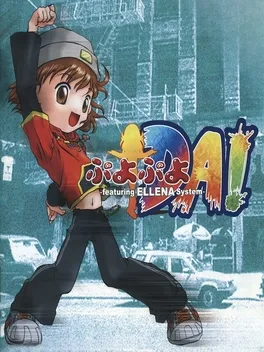
Puyo Puyo DA! is a Dance Dance Revolution based game for the Dreamcast with Puyo Puyo characters. This game is based off a Disc Station game previously featuring Ellena Stevens. In contrast to most Puyo Puyo games, a large majority of the text in this game is in English. It was Compile's last Puyo Puyo game to be released on a Sega system. (The last Compile game in the series, Puyo Puyo Box, released a year later.)
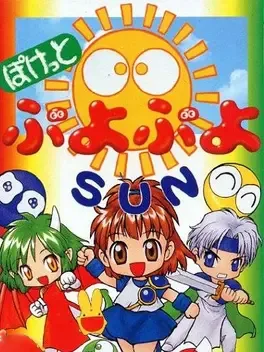
Pocket Puyo Puyo Sun is the Game Boy Color port of Puyo Puyo SUN.
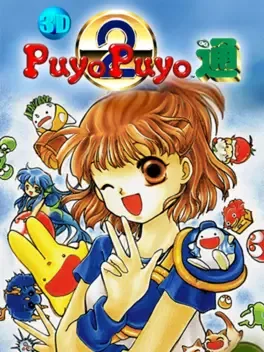
3D Puyo Puyo 2: Tsuu is the Nintendo 3DS port of the arcade game Puyo Puyo Tsuu. The game added stereoscopic 3D to the arcade game.
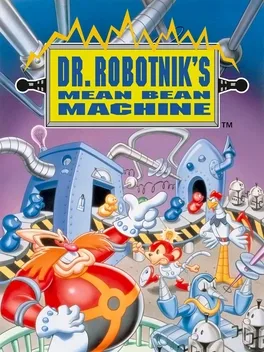
8-bit port of Dr. Robotnik's Mean Bean Machine.
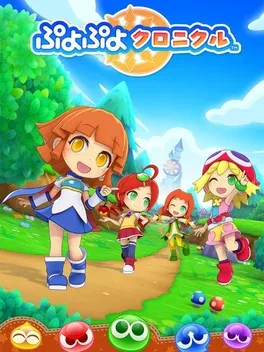
An action puzzle RPG for 3DS set to celebrate the Puyo Puyo series’ 25th anniversary.
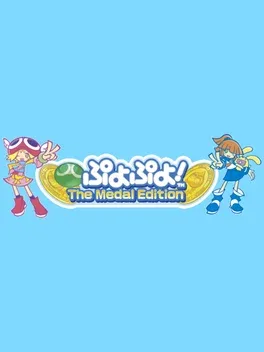
Puyo Puyo! The Medal Edition is a coin pusher-styled arcade game based on Puyo Puyo! 15th Anniversary, the fifth in Sega's "Medalink" series.
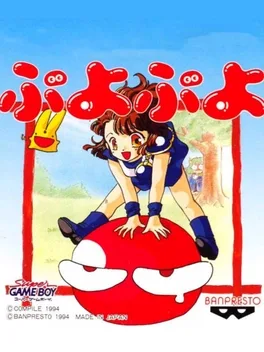
The Game Boy port of Puyo Puyo.
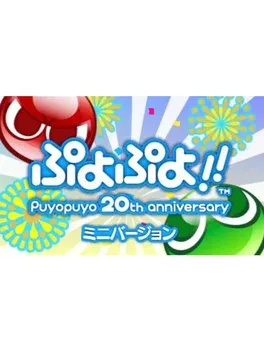
Puyo Puyo!! 20th Anniversary: Mini Version is a Puzzle game, developed and published by Sega, which was released in Japan in 2012. In Mini Version, you only have the option to just play as a single one. You play through eight stages, with each culminating in a Puyo Puyo battle against another character. At the end of each stage, you receive a rank ranging from F to S.
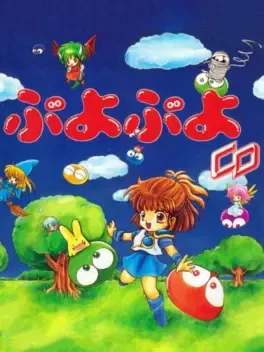
A PC-Engine port of the first Puyo Puyo game. Includes full voice acting for cutscenes, in addition to exclusive scenes that play when the difficulty is set to Hardest. Most notably, it also allows both players to choose who they want to play as, making all of the characters playable (except everybody after Witch).